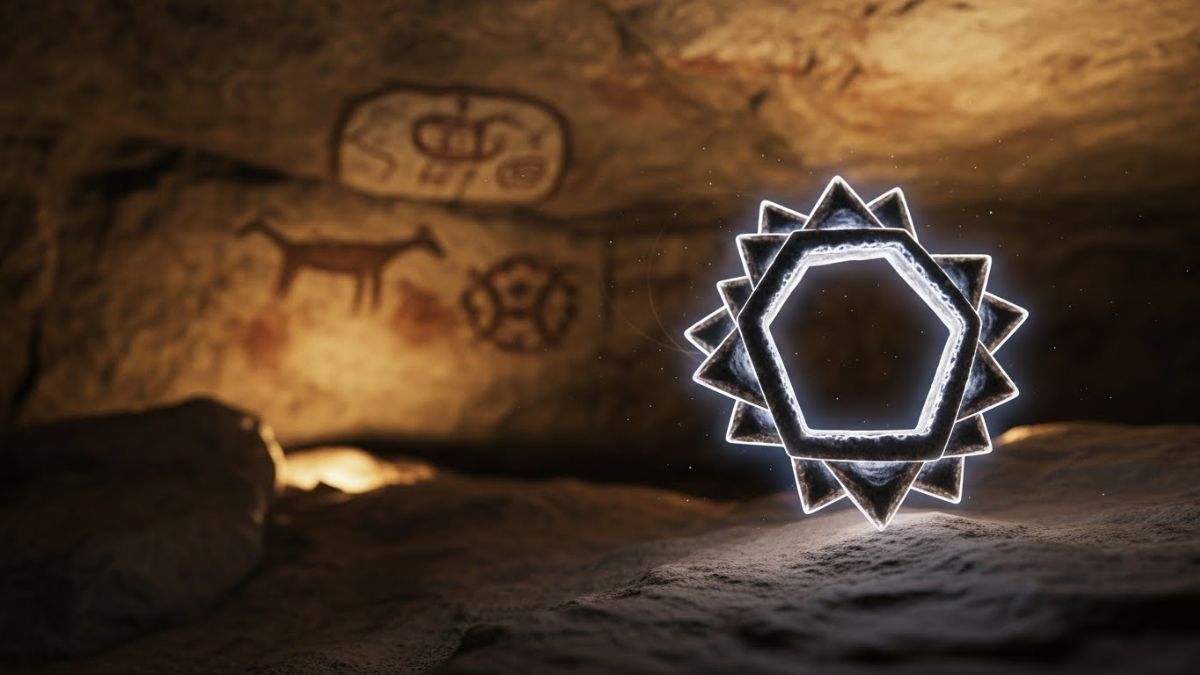Electric wiring can be overwhelming if you’re not an electrician, especially when you stumble upon terms like “8/4 wire.” You might be wondering, what does it even mean? Is it safe for my home? Let’s dive deep into what 8/4 wire is, where it’s used, and how it could impact your electrical setup.
What Is 8/4 Wire?
8/4 wire refers to a specific type of electrical cable that has four conductors, each of 8-gauge thickness. The first number (8) is the gauge, which determines how thick the wire is. The second number (4) indicates the number of insulated conductors inside the cable. This kind of wire is used for heavy-duty electrical applications.
How Wire Gauge Affects Electrical Capacity
The gauge of a wire determines how much current it can safely carry. An 8-gauge wire can typically handle up to 40 amps, depending on the insulation and ambient temperature. The lower the gauge number, the thicker the wire and the higher its current-carrying capacity.
Why the Four Conductors Matter
Having four conductors means the wire includes a ground wire along with three other conductors. This is ideal for certain appliances and setups that require a dedicated ground and two hot wires plus a neutral.
Typical Uses for 8/4 Wire in Homes
8/4 wire is commonly used in home setups that require 240-volt circuits with a neutral wire. These include high-powered appliances like electric ranges, ovens, hot tubs, or subpanels in outbuildings. It ensures both safety and performance for power-hungry systems.
Difference Between 8/3 and 8/4 Wire
The key difference between 8/3 and 8/4 wire is the number of conductors. 8/3 wire has three insulated wires and a bare ground, while 8/4 has four insulated wires including a dedicated ground. This extra conductor in 8/4 allows more versatility and safety in more complex installations.
Can 8/4 Wire Be Used for a Subpanel?
Yes, 8/4 wire can be used for subpanels in detached garages, workshops, or sheds. It provides two hot wires, a neutral, and a ground, meeting the standard requirement for a 120/240V subpanel installation.
Ampacity and Load Considerations
Ampacity refers to how much electric current a wire can safely carry. 8-gauge wire typically supports up to 40 amps. However, this can vary depending on whether it’s run through conduit, ambient temperatures, or the type of insulation used.
Length Limitations of 8/4 Wire
The longer the wire, the more resistance it creates, which affects voltage drop. For 8/4 wire, anything over 100 feet might require upsizing the wire gauge to compensate for voltage loss, especially for high-power applications like hot tubs or electric ovens.
Installation Best Practices
When installing 8/4 wire, make sure to follow NEC (National Electrical Code) standards. Use the proper connectors, don’t overload the wire, and secure it properly through studs or conduit. Always switch off the main power before starting any work.
Is 8/4 Wire Suitable for Outdoor Use?
Not all 8/4 wires are rated for outdoor use. If you’re planning on running it outside, especially underground, make sure it’s labeled as UF-B (underground feeder) or is in a waterproof conduit. Otherwise, moisture and corrosion could pose serious risks.
Tools Needed for Handling 8/4 Wire
You’ll need a heavy-duty wire stripper, a cable cutter, and a multimeter. Because 8-gauge wire is thick and stiff, you might also need needle-nose pliers or a cable bender to manipulate the wire without damaging the insulation.
Cost of 8/4 Wire
8/4 wire is more expensive than thinner wires due to its copper content and thickness. Prices may vary depending on the brand and insulation type, but you can expect to pay between $4 to $8 per foot. Bulk spools may offer better pricing.
Is It Worth Using Aluminum Instead of Copper?
Aluminum 8/4 wire is a cheaper alternative but comes with downsides. It’s less conductive, more prone to oxidation, and often needs special connectors. For high-resistance or critical applications, copper remains the recommended material despite the higher cost.
Safety Tips When Working With 8/4 Wire
Always turn off the power at the breaker before touching any wires. Double-check with a voltage tester. Use insulated tools and never work alone. And if in doubt—don’t risk it. Call a licensed electrician.
Can You DIY Install 8/4 Wire?
If you have some electrical experience and follow safety codes, DIY installation is possible. However, due to the higher voltage and amperage 8/4 wire handles, professional installation is often the safer route—especially when connecting to subpanels or high-demand appliances.
Conclusion
8/4 wire is crucial for safely and effectively powering high-demand electrical systems like hot tubs and subpanels. Understanding this wire type is essential for homeowners, DIY enthusiasts, and remodelers.
FAQs
Can I use 8/4 wire for a Tesla or EV charger?
Yes, but make sure the charger’s amperage requirements match the wire’s ampacity and that the ciruit is properly rated.
is it okay to bury 8/4 wire directly in the ground?
Only if it is UF-rated or placed in an appropriate conduit rated for underground use.
Does 8/4 wire always have a ground wire?
Yes, standard 8/4 wire includes a ground wire, which is essential for safety.
Can I run 8/4 wire in a conduit?
Absolutely. In fact, conduit offers protection against physical damage and weather exposure.
Where should I not use 8/4 wire?
Avoid using it in circuits exceeding its ampacity or in situations where more flexibility is required—it’s thick and not very pliable.











